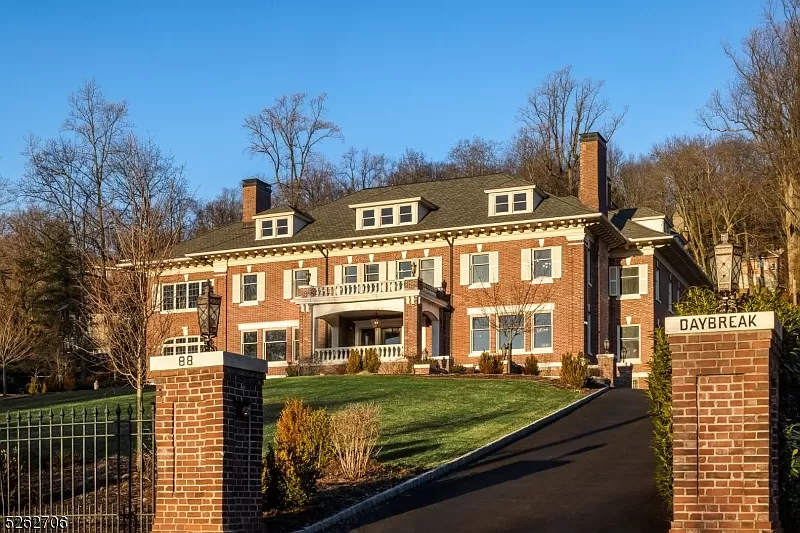From ROINJ:
CBRE: New Jersey data centers find AI operators are dominant occupiers of space
Strong demand for data center space during the second half of 2023 resulted in a new all-time low vacancy rate for the New York tri-state region, including New Jersey, as the rate dropped to 6.5% from 9.8% in the first half of 2023, according to CBRE’s recent North America Data Center Trends report.
Much of that demand came from artificial intelligence operators, which also impacted rental rates, pushing them to $130-$150 per kilowatt for a 3-10 megawatt requirement per month.
“New Jersey continues to experience strong demand and leasing activity by cloud-based and co-location operations. During the second half of 2023, demand remained extremely high, with per-kilowatt pricing increasing 20% to 30% or more,” CBRE Senior Vice President Jon Meisel said.
“In addition to high demand and limited supply, publicly traded operators are seeking higher per-kW pricing due to rising capital costs,” CBRE’s William Hassan added. “Power procurement issues are also delaying expansion plan timelines for existing campuses by 24 to 36 months, further putting a crimp on supply.”
During the second half of the year, AI companies pre-leased over 40 MW, with further expansions currently in negotiations.
The CBRE data also said that notable activity in New Jersey during the second half of 2023 included the completion of leasing at QTS’ Piscataway facility; and the preleasing of its building in East Windsor campus to an AI company. It is under construction to accommodate at least 20 megawatts.
CBRE also added that, during the quarter, Equinix purchased a new building in Secaucus, and a databank facility in nearby Orangeburg, New York, currently under construction, was fully preleased to an AI company.





